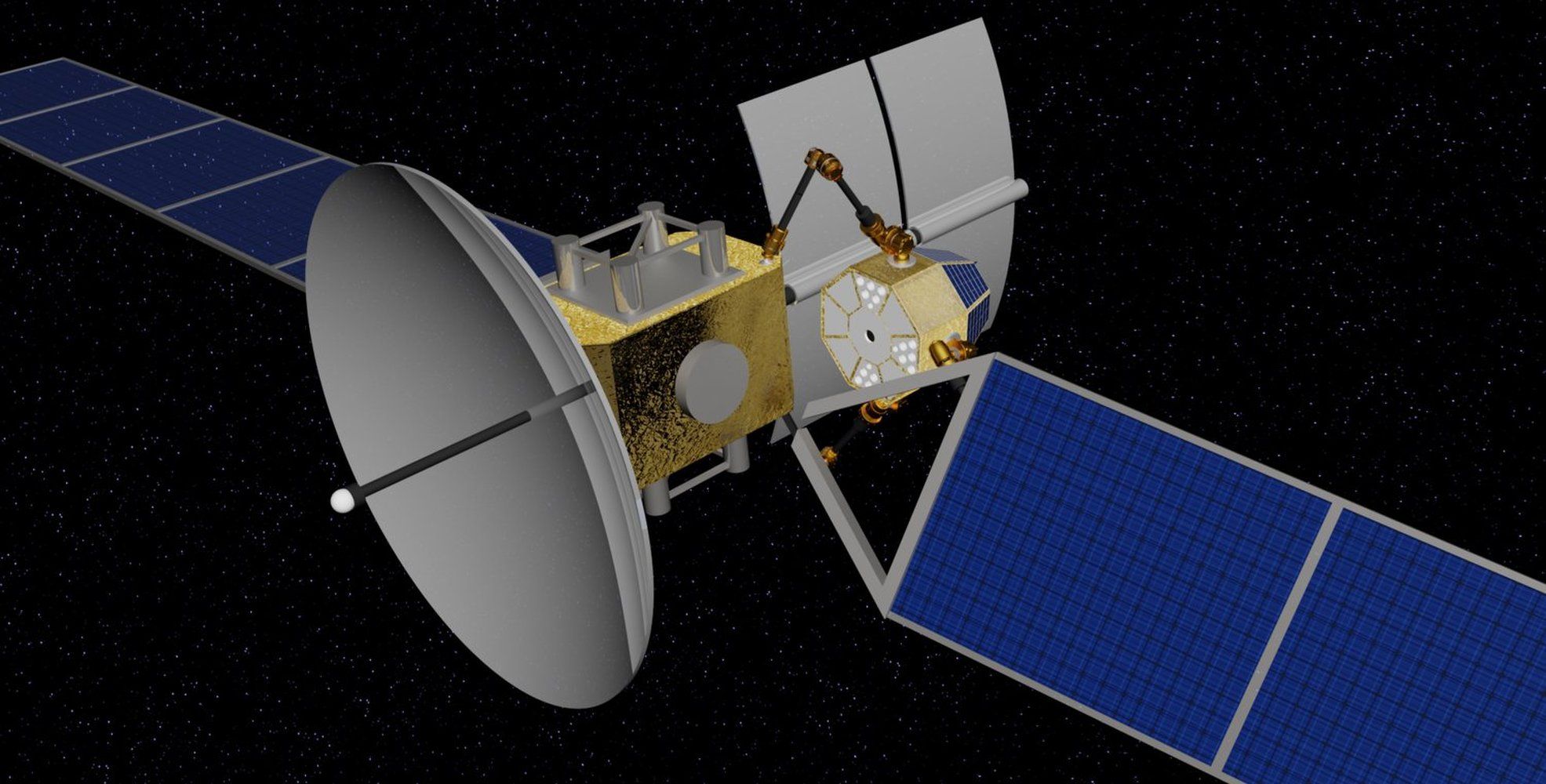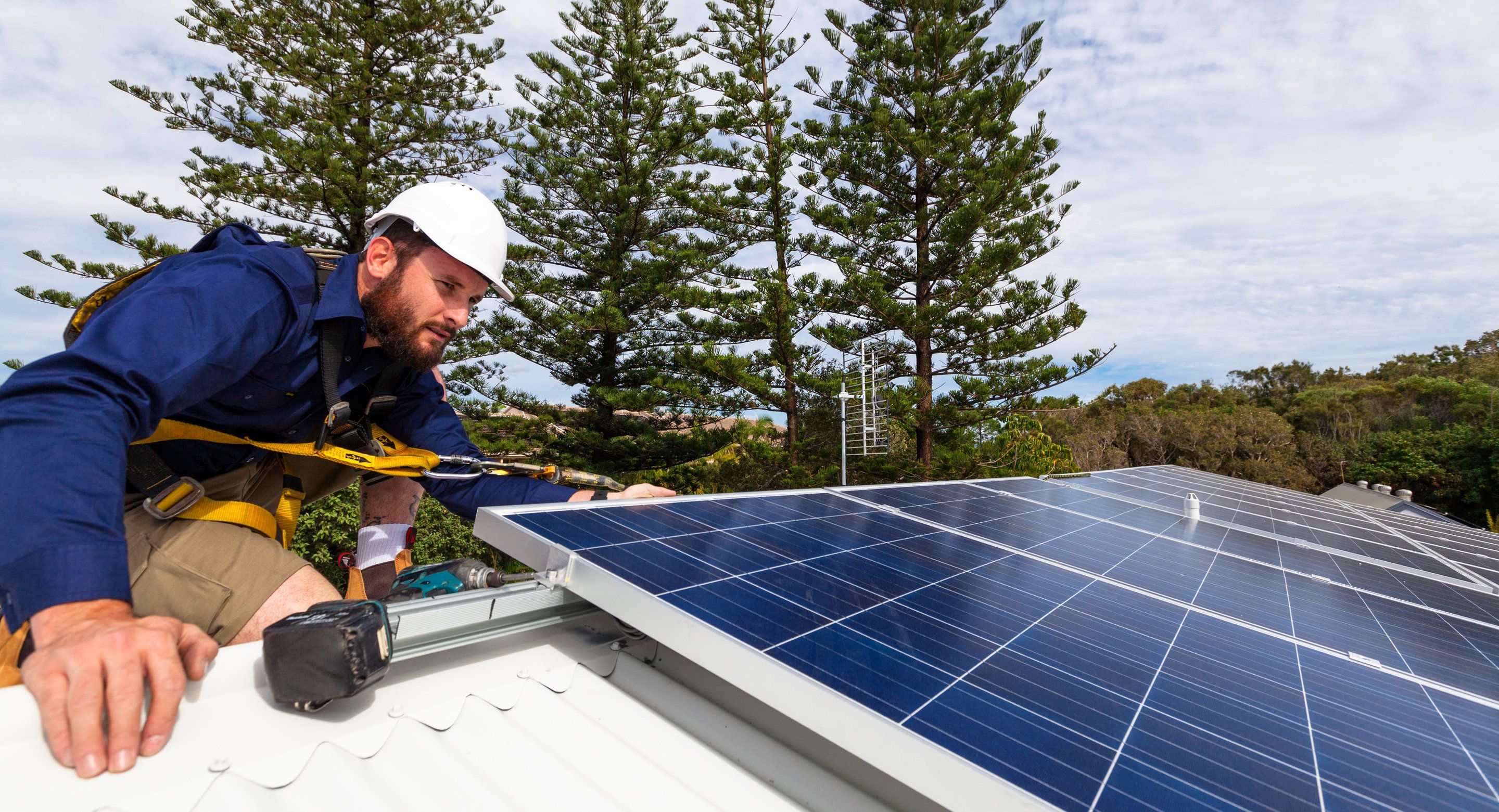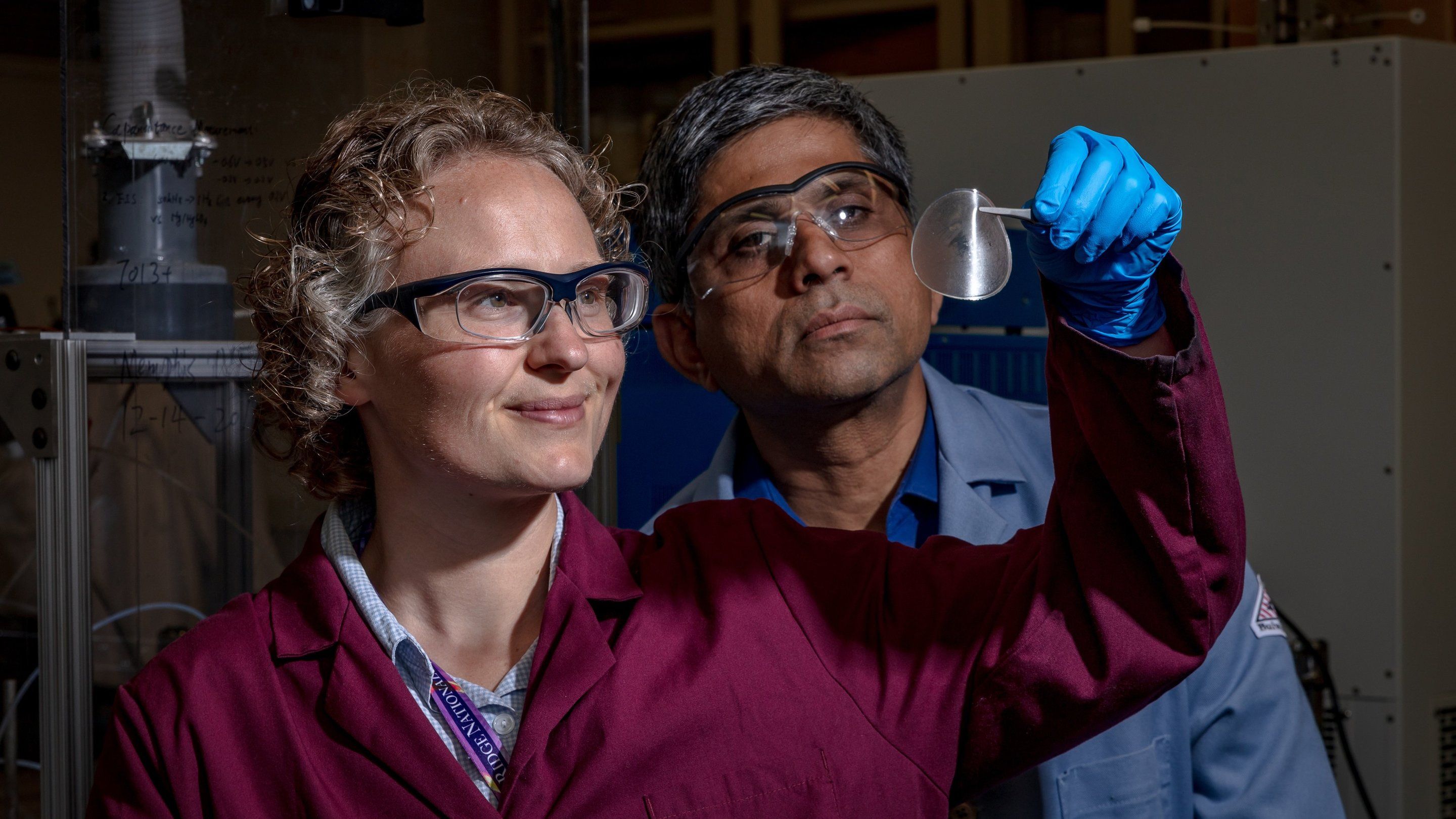Archive for the ‘solar power’ category: Page 112
Aug 2, 2018
Egyptian Solar and Wind Farms Are So Impressive, Aliens Have to Be Involved
Posted by Bill Kemp in categories: government, solar power, sustainability
The Egyptian government wants to get 42 percent of its energy sector powered by renewables by 2025, leaving a healthy 5-year window for their 2030 sustainability goals with the United Nations.
In the Western Desert, 400 miles south of Cairo, a solar energy company named KarmSolar is helping them do it. Founded by five friends in a cafe, the company is building what will become a hub of 30 individual power plants with a collective capacity of 1.8 gigawatts of electricity. Located near the Benban village near the Nile, KarmSolar’s complex already employs 4,000 people at the first of 30 facilities, which came online this past November. Once it’s completed, according to the Los Angeles Times, the Benban Solar Park will be the largest solar plant in the world.
Aug 2, 2018
Made In Space’s ‘Archinaut’ Could Build Big Power Systems for Small Satellites
Posted by Klaus Baldauf in categories: robotics/AI, satellites, solar power, sustainability
Small satellites will soon pack an outsize power punch, if one company’s plans come to fruition.
One of the first big jobs for the Archinaut in-space assembly robot being developed by California startup Made In Space may involve outfitting small satellites with large solar-power systems in Earth orbit.
Such work could boost the power potential of spacecraft in the 330-lb. to 660-lb. (150 to 300 kilograms) range by a factor of five or more, allowing them to take on duties previously limited to larger satellites, company representatives said. [Satellite Quiz: How Well Do You Know What’s Orbiting Earth?].
Continue reading “Made In Space’s ‘Archinaut’ Could Build Big Power Systems for Small Satellites” »
Jul 31, 2018
Designing a ‘solar tarp,’ a foldable, packable way to generate power from the sun
Posted by Bill Kemp in categories: business, solar power, sustainability, transportation
The energy-generating potential of solar panels – and a key limitation on their use – is a result of what they’re made of. Panels made of silicon are declining in price such that in some locations they can provide electricity that costs about the same as power from fossil fuels like coal and natural gas. But silicon solar panels are also bulky, rigid and brittle, so they can’t be used just anywhere.
In many parts of the world that don’t have regular electricity, solar panels could provide reading light after dark and energy to pump drinking water, help power small household or village-based businesses or even serve emergency shelters and refugee encampments. But the mechanical fragility, heaviness and transportation difficulties of silicon solar panels suggest that silicon may not be ideal.
Building on others’ work, my research group is working to develop flexible solar panels, which would be as efficient as a silicon panel, but would be thin, lightweight and bendable. This sort of device, which we call a “solar tarp,” could be spread out to the size of a room and generate electricity from the sun, and it could be balled up to be the size of a grapefruit and stuffed in a backpack as many as 1,000 times without breaking. While there has been some effort to make organic solar cells more flexible simply by making them ultra-thin, real durability requires a molecular structure that makes the solar panels stretchable and tough.
Jul 30, 2018
Research finds silicon-based, tandem photovoltaic modules can compete in solar market
Posted by Saúl Morales Rodriguéz in categories: business, economics, solar power, sustainability
New solar energy research from Arizona State University demonstrates that silicon-based, tandem photovoltaic modules, which convert sunlight to electricity with higher efficiency than present modules, will become increasingly attractive in the U.S.
A paper that explores the costs vs. enhanced efficiency of a new solar technology, titled “Techno-economic viability of silicon-based, tandem photovoltaic modules in the United States,” appears in Nature Energy this week. The paper is authored by ASU Fulton Schools of Engineering, Assistant Research Professor Zhengshan J. Yu, Graduate Student Joe V. Carpenter and Assistant Professor Zachary Holman.
The Department of Energy’s SunShot Initiative was launched in 2011 with a goal of making solar cost-competitive with conventional energy sources by 2020. The program attained its goal of $0.06 per kilowatt-hour three years early and a new target of $0.03 per kilowatt-hour by 2030 has been set. Increasing the efficiency of photovoltaic modules is one route to reducing the cost of the solar electricity to this new target. If reached, the goal is expected to triple the amount of solar installed in the U.S. in 2030 compared to the business-as-usual scenario.
Jul 28, 2018
XTPL ultra-precise Nanometric Printer receives Honorable Mention at Display Week 2018 I-Zone
Posted by Ole Peter Galaasen in categories: biotech/medical, information science, nanotechnology, solar power, sustainability, wearables

Closing in on molecular manufacturing…
http://xt-pl.com received an honorable mention from I-Zone judges for its innovative product that prints extremely fine film structures using nanomaterials. XTPL’s interdisciplinary team is developing and commercializing an innovative technology that enables ultra-precise printing of electrodes up to several hundred times thinner than a human hair – conducive lines as thin as 100 nm. XTPL is facilitating the production of a new generation of transparent conductive films (TCFs) that are widely used in manufacturing. XTPL’s solution has a potentially disruptive technology in the production of displays, monitors, touchscreens, printed electronics, wearable electronics, smart packaging, automotive, medical devices, photovoltaic cells, biosensors, and anti-counterfeiting. The technology is also applicable to the open-defect repair industry (the repair of broken metallic connections in thin film electronic circuits) and offers cost-effective, non-toxic, flexible industry-adapted solutions.
Jul 28, 2018
Breakthrough could triple the energy collected by solar to 60% efficiency
Posted by Bill Kemp in categories: computing, habitats, solar power, sustainability

UK researchers can now ‘funnel’ electrical charge onto a chip. Using the atomically thin semiconductor hafnium disulphide (HfS2), which is oxidized with a high-intensity UV laser, the team were able to engineer an electric field that funnels electrical charges to a specific area of the chip, where they can be more easily extracted.
Continue reading “Breakthrough could triple the energy collected by solar to 60% efficiency” »
Jul 25, 2018
Novel membrane advances low-cost, grid-scale energy storage
Posted by Bill Kemp in categories: solar power, sustainability, transportation
Oak Ridge National Laboratory scientists have developed a crucial component for a new kind of low-cost stationary battery system utilizing common materials and designed for grid-scale electricity storage.
Large, economical electricity storage systems can benefit the nation’s grid in numerous ways: balancing loads between peak and off-peak demand times; supplying energy during outages; storing electricity from fluctuating sources like wind and solar power; and accommodating extreme fast charging of electric vehicles.
The grid chiefly relies on hydropower facilities for energy storage, although stationary systems using lithium-ion batteries are increasing. However, lithium is expensive and mostly sourced from countries outside the United States.
Continue reading “Novel membrane advances low-cost, grid-scale energy storage” »
Jul 24, 2018
Team lands new efficiency breakthrough for emerging solar cell material
Posted by Bill Kemp in categories: solar power, sustainability

UNSW solar energy researcher and Scientia Fellow Dr. Xiaojing Hao and her team have achieved two energy efficiency world records for the solar cell material of the future, sulfide kesterite.
Dr. Hao and her team broke the 10 per cent efficiency barrier for not only sulfide kesterite but also for a standard sized kesterite solar cell, whether pure sulfide material or incorporating less-desirable selenium.
Continue reading “Team lands new efficiency breakthrough for emerging solar cell material” »
Jul 24, 2018
Beamed propulsion doable now, and with it space solar power
Posted by Klaus Baldauf in categories: particle physics, solar power, space, sustainability
A dream of advocates of low cost space access has been beam propulsion of various types, whether laser, microwave, or particle beams.













